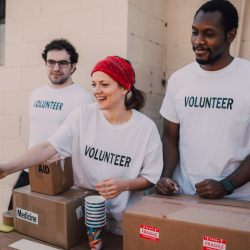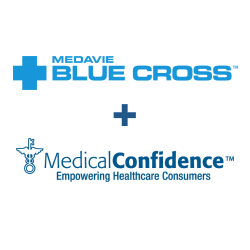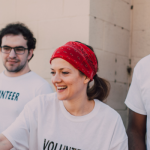There is an answer to the surgical wait-times crisis created by the pandemic
There is an answer to the deadly crisis in surgical wait-times created by the pandemic and uncovered by the Globe and Mail’s Kelly Grant in Saturday’s edition.
It’s called patient navigation, and it is not a new idea.
The story of how patient navigation began 30 years ago in New York involves issues that are still under-addressed in Canada today, including systemic racism and chronic inefficiencies in our health-care system.
In 1990, a Black cancer surgeon, Dr. Harold Freeman, noted that many more of his cancer patients were dying at Harlem Hospital than at other New York Hospitals.
It wasn’t because they happened to have more deadly forms of cancer. It was because patients couldn’t get help as fast as patients in other parts of the city. Their inability to wade their way through New York’s cancer-care system led to their early death.
So he came up with the idea for patient navigators to act as advocates for these patients and he fought for the funds to hire the navigators. Soon after, the survival rates of Harlem Hospital’s cancer patients began to improve. Five-year survival rates climbed from 39% before patient navigators began their work, to 70% after.
Within a few years, patient navigation had spread across America where many private health-care plans now assign a patient navigator to almost every one of their clients who need help navigating the system.
Little wonder. A 2017 study in The Journal of the American Medical Association Oncology reported a return on investment of 1:10 for every patient navigator. For every $310 spent employing a patient navigator, the healthcare system saved $3,125.
By 2011, patient navigators became standard across Canada’s cancer care system as well. Today, they are used in every province and territory offering cancer care. Their cost, which is usually borne by hospitals, is much less than the inefficiency and the human tragedy of cancer patients having to figure out the system for themselves.
But why limit patient navigators to cancer. What about those thousands lost in our hip surgery system? Or our back surgery system?
There are no navigators there. But there should be.
So, it was heartening last week to see in the $300 million in new money the Ontario’s budget earmarked to reduce backlogged surgeries, by funding a new surgical wait list program that matches patients with available surgeons.
The amount is less important than the signal it sends to other provinces and Ontario’s hospitals.
Because our health systems are so inefficient, patient navigation can more than pay for itself from the savings it creates.
Such as?
- Patients rely on their family doctor to refer them to a specialist. Yet 4.8 million Canadians don’t have a family doctor.
- Over 60% of family doctors say that their biggest challenge is finding an available specialist for their patients.
- One in five referrals is simply lost and never found because of ‘lost faxes’ or no oversight.
- One in four referrals need a second referral because they first specialist’s sub-specialty doesn’t match the patient’s need.
- More than half of all specialists claim their biggest frustration is lack of information on the patient in the referral.
So yes, the pandemic is killing Canadians who don’t have COVID.
But there is an answer to this crisis.
Intolerably long surgical wait-times were the bane of our health-care system before COVID, and unless we come up with new ideas for solving them, they’ll be with us long after. Throwing money at the problem, as the Ford Conservatives just did, may help in the short-term. But that’s just postponing the inevitable. What surgical wait times need is a systemic solution.
Today, nearly a quarter of a million Ontarians – 227,000 – are waiting for surgery. This is the entire population of Waterloo or Kingston.
Pairing patient navigators with those 227,000 Ontarians would save Ontario’s healthcare system over $700 million.
So when Ontario hospitals each year have 1,000,000 patients staying in the hospital, and many of them have had to wait too long to get there, the dollars saved by patient navigation are just too high to keep ignoring.
Now’s the time to put patient navigation to use to reduce surgical wait-times. Not just for cancer, but for every kind of surgery.






